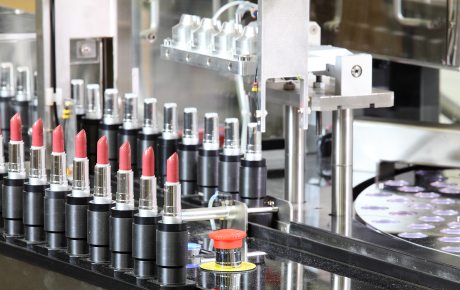
What the EU’s new Product Liability Directive could mean for product recall risk
The formal adoption of the EU’s new Product Liability Directive in March 2024 has widened the likelihood of businesses being found liable following the discovery of a defective product. With the Directive’s expansion of the definition of ‘product’, ‘defect’, and an extension of the possible parties who could be liable following a defective product, the likely consequence will be an increase in product recall incidents for the unprepared says Andrew Kyle, Senior Product Recall Underwriter: “Businesses will need to manage and mitigate the increased vulnerability both to their operations and their financials, while the product recall insurance industry must balance a possible uptick in demand with a fresh look at its own exposure, pricing and risk selection.”
Widening the scope of product liability
The European Commission first published its proposal for a new directive on the liability of defective products in September 2022, with the intention of revising the original Product Liability Directive which had been adopted in 1985. The objective was to respond to the new “digital age, circular economy business models and global value chains by ensuring that consumers receive compensation for defective products including those manufactured outside the EU”. Now, having been approved, the Directive means that the definition of products under scope of the new law has widened to include, among others, components, raw materials and software.
The new Directive also goes beyond the need for there to be a contractual relationship between the manufacturer and the end user, which means that people who have suffered damage, which can be psychological as well as physical, due to a defect can go directly after a component supplier or the importer, distributor, warehouser or packager if the supplier or manufacturer has no physical presence in the EEA. Added to that, says Kyle: “The Directive has expanded the definition of what constitutes a product defect to include circumstances where the defect comes into being after the product is on the market, which could be particularly relevant for products containing and/or supporting software updates.”
An active product recall is also specifically mentioned as being a determining criteria of the existence of a defect, adds Kyle: “It seems like this should have always been the case and is perhaps a result of how product recalls have become much more frequent and commonplace over the last 40 years.” In addition, the Directive will impose wider obligations around the disclosure of information, excluding trade secrets or confidential information, where failure by a defendant to meet these obligations would result in a product being presumed to be defective.
Changes in legislation always lead to an “uptick” in renewals
Given this extended scope, are more products likely to be designated as defective leading to an increase in the frequency and severity of product recalls as an unintended consequence of the new Directive? “I think the answer to that is ‘yes’,” says Kyle. “Whenever we see changes in legislation like this, such as the Food Safety Modernization Act in the US or the classification of automotive cameras as safety equipment, an uptick in the frequency and severity of product recalls usually follows due to the widening scope of the regulations but also because many businesses struggle to keep up to date with their new obligations quickly enough.”
While it’s not yet known how regulators will respond, and whether they will order more recalls and get the increased powers to do so, businesses impacted by the Directive should start considering how they will respond to avoid and mitigate potentially damaging recall incidents. “The introduction of the new Directive asks questions as to how prepared businesses are in areas such as their quality assurance and testing processes, and whether their existing traceability and recall procedures are adequate. Getting these steps right will help them both avoid a recall in the first place, but if they should need to take steps to recall a product, ensure that the process is efficient as possible to minimise the impact to their operations as well as brand and reputation,” says Kyle.
Insurance consequences
“The Directive is also likely to lead to more businesses considering the need for balance sheet protection through product recall insurance which could drive up the demand for insurance protection,” says Kyle, adding that the increase in demand will not come without some additional challenges. “The insurance industry will need to assess how current policy wordings will respond to this broader definition of product. There is also a challenge for insureds and insurers to consider whether current risk retentions or self-insurance as judged by today’s underwriting standards are appropriate, and whether the limits of cover bought are sufficient.
“Writing with the wrong attachment point, the threshold at which an insurance policy will start to pay out, has caused problems in the wider product recall insurance market and new capacity arriving over the last five years has pushed it in the same direction. The desire for top line growth by insurers has eroded a lot of the collective discipline, meaning that with these changes to the legislation and a potential spike in losses from unprepared businesses, risk selection and discipline will be key for product recall insurers.”
Start preparing
While there are still a number of unknowns relating to the new Product Liability Directive and its impact, it will be another two years until the Directive is fully transcribed into country law throughout the EEA, concludes Kyle: “There is still plenty of time before the Product Liability Directive is fully implemented in 2026 but preparations for businesses likely to be affected should start now. Most businesses will already have those preparations relating to their liability exposure underway, but it is important they don’t neglect to do the same with regards to their recall exposure.”




